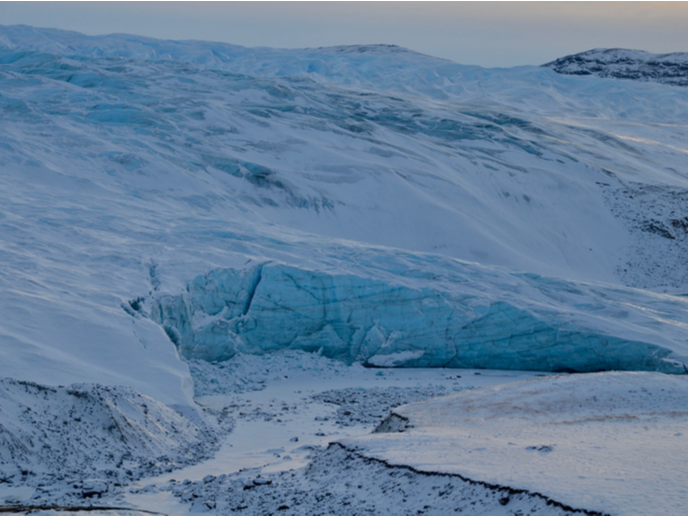Climate change impacts on microbe-dominated ice sheet ecosystems
The EU-funded EMoGrIS project has provided a theoretical framework of the microbe-dominated supraglacial (glacier surface) ecosystem of the Greenland ice sheet (GrIS) and developed a tool for predicting future changes to the ecosystem. It also established the GrIS as a model ecosystem for the study of microbial biogeography and biodiversity patterns. Climate warming changes ice sheet The supraglacial ecosystem of the GrIS comprises the top layer of the ice, which is in contact with the atmosphere and receives solar radiation and atmospheric deposition of dust, aerosols, and microbial inocula. The GrIS contains distinct ecosystems such as melting snow, bare ice, and surface debris (cryoconite), which are home to diverse microbial communities and are places of significant biological activity. In addition, supraglacial microorganisms cycle carbon and nutrients, and may also affect the physical behaviour of the ice sheet by increasing melt via lowering the surface reflectivity of ice. “The GrIS supraglacial ecosystem may significantly impact neighbouring terrestrial and marine ecosystems via meltwater export of live cells, organic carbon and other nutrients, and is changing rapidly due to climate warming,” warns project researcher Dr Marek Stibal. To better understand these processes, a conceptual model of the GrIS surface ecosystem was created, involving mathematical formulation, verification and validation, and subsequent simulations of future climatic scenarios. A sampling strategy was also devised for testing relevant ecological hypotheses such as the relationship between diversity and productivity. Model reveals what we don’t know The model is a process-based (meaning it resolves processes, such as carbon flux rates, through time) ecosystem model based on organic carbon. The aim was to simulate carbon cycling processes at the surface of the GrIS, by applying dissolved and particulate organic carbon and auto- and hetero-trophic biomass, and variables such as atmospheric deposition, meltwater flushing, primary production, and respiration. The model was also tested by applying meteorological data (surface temperature, surface melt, incident radiation). By altering these factors, scientists can change the model’s outputs, enabling simulations of future climates with higher surface temperatures and longer melt seasons, which can be used to predict the future fate of the ecosystem. Results show how little was previously known about the system. “I have been working on the GrIS for almost 10 years, but the model I have developed identified some processes we haven't quantified, or even understood we should quantify, as integral components of the ecosystem’s functioning,” observes Dr Stibal. “For example, we have a relatively good idea what is occurring on the ice sheet in terms of carbon cycling in the summer melt season but are completely ignorant of winter activity.” EMoGrIS is important for all researchers interested in the fate of the GrIS, be it biologists, ecologists, geochemists, or glaciologists, and all those affected by changes to the ice sheets. The work will also form the basis for future research into the fate of supraglacial microbes flushed downstream from the ice sheet surface and on diversity patterns of phylogenetic and functional groups of microbes.
Keywords
EMoGrIS, supraglacial ecosystem, ecological modelling, Greenland ice sheet (GrIS), climate change







